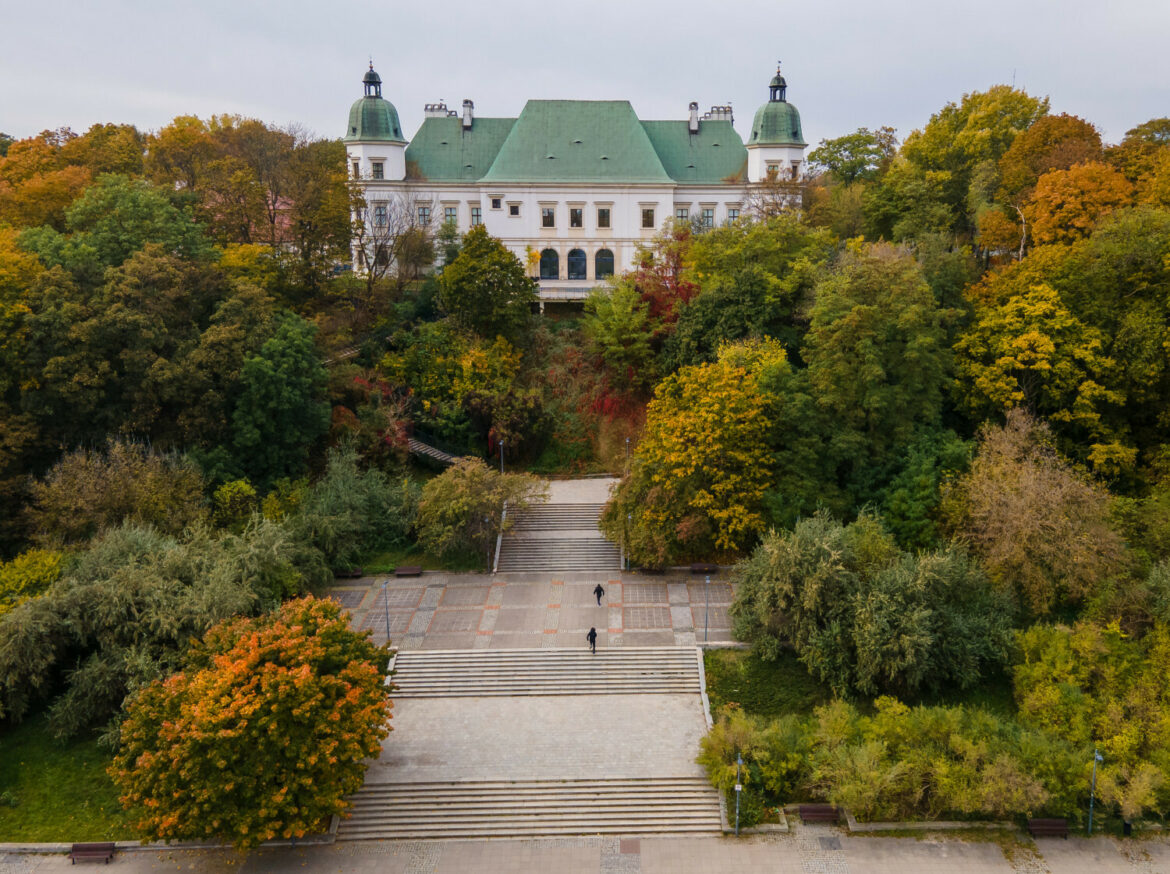Works by fifty artists from Poland and Ukraine, including Andrzej Wróblewski, Tadeusz Kantor, Jerzy Nowosielski and Dmytro Hrek and Zinaida Kubar – are on display at the exhibition ‘Byzantine nostalgia’ at the Centre for Contemporary Art at the Ujazdowski Castle in Warsaw
“Byzantine nostalgia” – this is how Tadeusz Kantor poetically described the intentions of Jerzy Nowosielski’s work. “Fascinated by the bizarre coexistence of two dimensions, the sacred and the profane, the spiritual and the corporeal, the mystical and the rational, the desire for the absolute and intense erotic experiences, his painting became the starting point for the search that led to this exhibition,” says the exhibition’s curator Victoria Burlaka.
According to the curator, Nowosielski was one of the most important metaphysicians of the 20th century, and this metaphysics was born at the intersection of Eastern and Western cultural traditions. Therefore, the idea behind the ‘Byzantine Nostalgia’ project is to search for similarities between Polish and Ukrainian art and to find common sources in culture. It is not so much about the style of the icon, the way of painting, as it is about an interest, a pull towards metaphysical reality.
“In the past, directing towards it was the main task of art, but today this is no longer the case. This is because contemporary art is a carrier of meanings that are relevant at any given time – from philosophy and politics to psychoanalysis”, said Burlaka.
However, the need to ‘look behind the scenes’ remains extremely strong – like the basic instinct that drives art. This desire to confront the metaphysical dimension has given rise to many works, including the works of Polish and Ukrainian artists shown in this exhibition. “It was the concentration of the metaphysical sense that was the main criterion by which artists of different generations and currents were selected for the exhibition”, said the curator.
The Byzantine Nostalgia exhibition is open to the public from 27 January and will last until 7 April 2024.
Arkadiusz Słomczyński





